|
Q: What inspired this story? Nick came across a scientific article back in 2015 about wide-ranging Soviet illegal whaling that had taken place during the Cold War, and we were shocked that we had never heard about this. The more we looked into this slaughter, the more astounded we became at the extent both of the crime and of the cover-up. We realized that although largely unknown, these actions, in addition to all of the other whaling throughout the past few centuries, have far-reaching repercussions which are still impacting our oceans today. Q: Describe some of the challenges faced while making this film/program? The main challenges in making this film were twofold: tracking down and interviewing people with first-hand knowledge of what transpired over 50 years ago, and capturing wildlife that wasn’t always cooperative, in often challenging conditions. Making it more complicated was that the primary protagonists were in disparate parts of Russia, Ukraine, and New Zealand. As for filming the whales, we experienced some harsh winter storms at sea in small boats, and the whales’ behavior wasn’t always predictable. Q: What impact do you hope this film/program will have? We hope that people will come away with a greater appreciation of the importance of whales and the interconnectedness of life in the oceans. We appreciate the opportunity to have our film screened here at Jackson Wild where perhaps it will inspire some of the audience to continue the Save the Whale campaign which began in the 1970’s. Q: Were there any surprising or meaningful moments/experiences you want to share? We had never been aware of an incredibly impressive man, Dr. Alexey Yablokov, who had been responsible for many important things over his lifetime, including revealing the existence and magnitude of the Soviet Union’s intentional illegal whaling throughout the Cold War. Despite formidable political opposition, Alexey was an idealistic force of nature and was extremely inspirational to us. We learned of his courageousness in defending not only nature but also the nascent democracy of Russia. It was humbling to be able to meet such an idealistic individual. Q: Any fun facts about the film/program, the subject matter or the production crew that might surprise the audience? We spent a lot of time filming right whales and were surprised by how agile and boisterous they can be. The calves especially were often quite energetic and playful, interacting with anything or anyone they found interesting, whether it was agile sea lions or less agile humans. A number of times we retreated to our support boat when the calves got too animated. Fun fact – adult right whales also have the largest testes in the animal kingdom. Q: What's next? While we were filming The Witness Is the Whale, we learned that despite some whale populations recovering quite well, others are still in danger of extinction. We are currently in production with a film about some of those threatened populations.
4 Comments
Filmmaker Q+A with Maxwel Hohn, Director and Cinematographer of Tadpoles: The Big Little Migration4/18/2022 Q:What inspired this story? The tadpoles had their own story to tell, I just had to spend enough time filming and researching them to discover what that was and translate it to film. These resilient creatures undergo some impressive feats that most people would never have the opportunity to see for themselves. I think what inspired me the most was bringing the amazing natural migration of these toads to light for everyone to see. I love to share my experiences, and hopefully inspire people to care more about our environments and the creatures in them, no matter how small. Q: Describe some of the challenges faced while making this film. The subjects were incredibly tiny, and therefore difficult to film. I used just about every tool in my filming arsenal to get a variety of shots needed to make the film work. Q: What did you learn from your experience making this film?
I underestimated the amount of time and energy that goes into making a film such as this. It was the first of its kind for me, and I would say the entire experience was a learning curve. It really opened my eyes to the world of filmmaking, and all the skills you must develop to get the proper sequences for the story. In addition to the technical side of things, you also must dive into the world of ecology, and use proper research to ensure our story is based in facts. Q: Were there any surprising or meaningful moment/experiences you want to share? Any fun facts about the film, the subject matter or the production crew that might surprise the audience? As a self-funded passion project, we spent most of our time camping with my fiancée and two dogs. It’s about as grassroots as it come when we have our two westie dogs Fionnigan and Wallace in our credits! Q: What's next? More filming! Whether it’s for other productions, or more personally produced films such as Tadpoles I just can’t get enough, so this is just the beginning Q: What inspired this story? The Southern Resident orcas inspired this story. I’ve been passionate about orcas ever since I was a child. I’d watch every film and read every book I could to learn more about this animal. My dream was always to work with them. Early in my career, I was focused on how I could help captive whales, but I never would have imagined they were threatened in the wild as well. In 2017, upon learning the remaining 78 Southern Resident orcas were on the verge of extinction, I moved to a small island in the Salish Sea to monitor them, spending countless hours on the water studying their behavioral patterns. I witnessed first hand how dire the situation was. That’s where the idea for Coextinction came from. I’ve seen how documentaries (like Sharkwater, Blackfish or My Octopus Teacher) can create real change; this was my way of trying to save them. Q: Describe some of the challenges faced while making this film/program? Making Coextinction has been one of the most beautiful experiences but it has also been one of the most challenging. Funding and burnouts were two of the biggest challenges we encountered, and two we feel are incredibly important to discuss and share. With the heavy-heartedness of the story and urgency to get the film out before it’s too late, our team inevitably faced burnouts. We had to learn how to balance work and our own health and remember that taking care of ourselves is an inherent part of conservation work and activism. Finding funding is connected with this too. We worked in a grassroots and innovative way to find the funding we needed to create Coextinction, but for the most part our team was volunteer-based and worked overtime to get the film to where it is today. We know these challenges are not singular to our project and that we have been extremely privileged to be able to work in this way. We’re grateful we get to share this with you today as we know there is still work to be done to make this work inclusive for all. Q: What impact do you hope this film/program will have? From the get go, we created Coextinction with the goal to inspire people to take bold action to protect the orcas, the coast, and people. We hope our audiences understand the idea that all life is interconnected, humans not excluded, and to think of the extinction crisis as a coextinction crisis. No species goes extinct in isolation. If the orca goes, so go we. If we can understand this, we may be able to save the Southern Resident orcas, the Pacific Northwest, and ourselves. We are designing an ongoing impact campaign that challenges humanity, with a focus on colonial capitalist societies, to transform and coexist with all life around us. This is the impact we hope to achieve with this film and story. Q: What next?
What’s next for us is creating momentum from Coextinction to inspire and engage with people worldwide to galvanize direct action on the issues brought forth in the film and amplify Indigenous voices and movements to support their rights, sovereignty, and stewardship of their traditional and rightful territories. As part of our impact campaign, we are working to build foundations that allow action and change to continue on and be led by Indigenous communities, whether or not we can be there at all times. We are also building our production company to continue to tell stories of intersectionality and protect the coast, this Earth and its people. Stay tuned to see our next films! Q: What inspired this story? Gerrit: Alaska’s Izembek National Wildlife Refuge lies along the Bering Sea coast of the Alaska Peninsula. It protects a coastal lagoon that holds the largest beds of eelgrass on earth, a magnet to migratory birds, making it one of the most important waterfowl staging and wintering sites in the U.S. The Refuge is recognized under the Ramsar Convention as a Wetland of International Significance, and as an Important Bird Area of global significance by BirdLife International and the National Audubon Society. More than two-thirds of the refuge is federally designated wilderness. There has been pressure for decades to build a road through Izembek’s federally designated wilderness and that effort came to a head in January 2018 when former Department of the Interior head Ryan Zinke signed a land transfer agreement trading away vital bird habitat to make way for the road’s construction. The broader development implications of a precedent-setting road through a federal wilderness are significant, and lawsuits have stalled the project. Proponents of the road have reframed their argument as a public health issue but the underlying motivation for the road is commercial. Virtually no high-quality media existed of the wildlife spectacle or critical lands under threat at Izembek National Wildlife Refuge. With an immediate need to inform public audiences and policymakers about the global significance of the wetlands and wilderness at stake The Cornell Lab sponsored this project to finally put a face on Izembek. Q: What impact do you hope this film/program will have? Gerrit: The goal of this film and the media collected for this project is to provide visual material to conservation groups that have long fought to protect Izembek with little to no visual resources. Our ultimate hope is that the road will never be built. Construction of a road through the refuge is unnecessary and would undermine the purpose and intent of The Wilderness Act. The proposed land exchange would be the first “de-designation” of federally protected wilderness lands for the objective of allowing a development project to proceed. Q: Were there any surprising or meaningful moments/experiences you want to share? Gerrit: During the course of making this film we had a brief but incredible encounter with a pack of seven gray wolves. We learned several days later that a local hunter located and legally killed the entire pack within the refuge. It was a heart-breaking experience for the crew. Q: Anything else you would like people to know?
Gerrit: The election of Joe Biden gave hope that this issue would finally be put to rest, and the road project cancelled. However, recent developments suggest that President Biden has used the issue to gain support from Alaska Senator Lisa Murkowski by not standing in the way of the project. |
Archives
March 2024
Categories
All
|
Contact UsJackson Wild
240 S. Glenwood, Suite 102 PO Box 3940 Jackson, WY 83001 307-200-3286 info@jacksonwild.org |

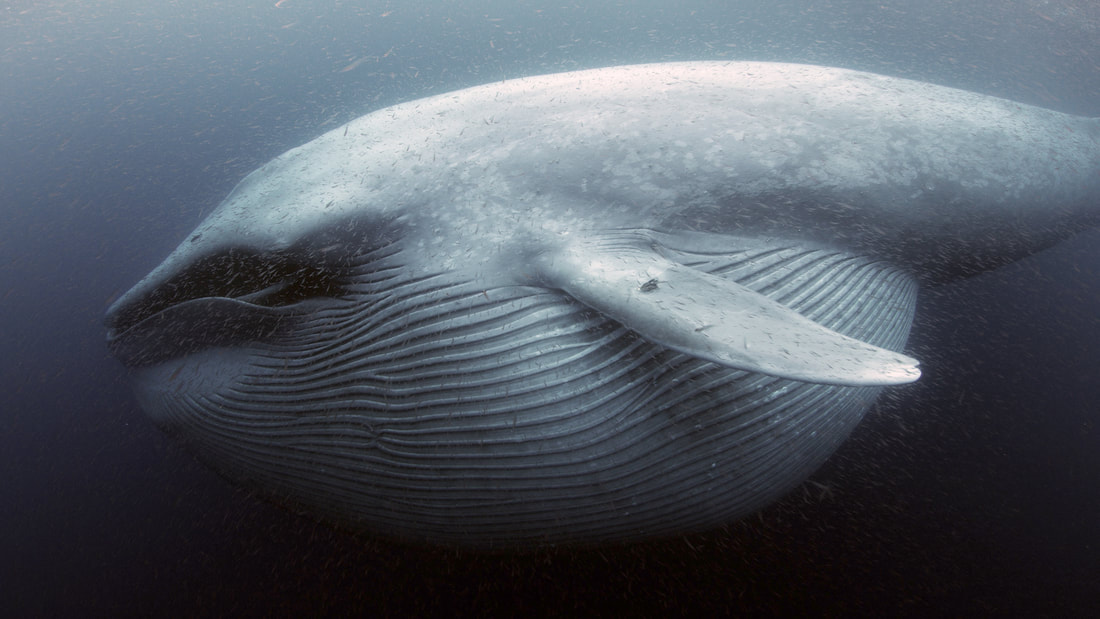
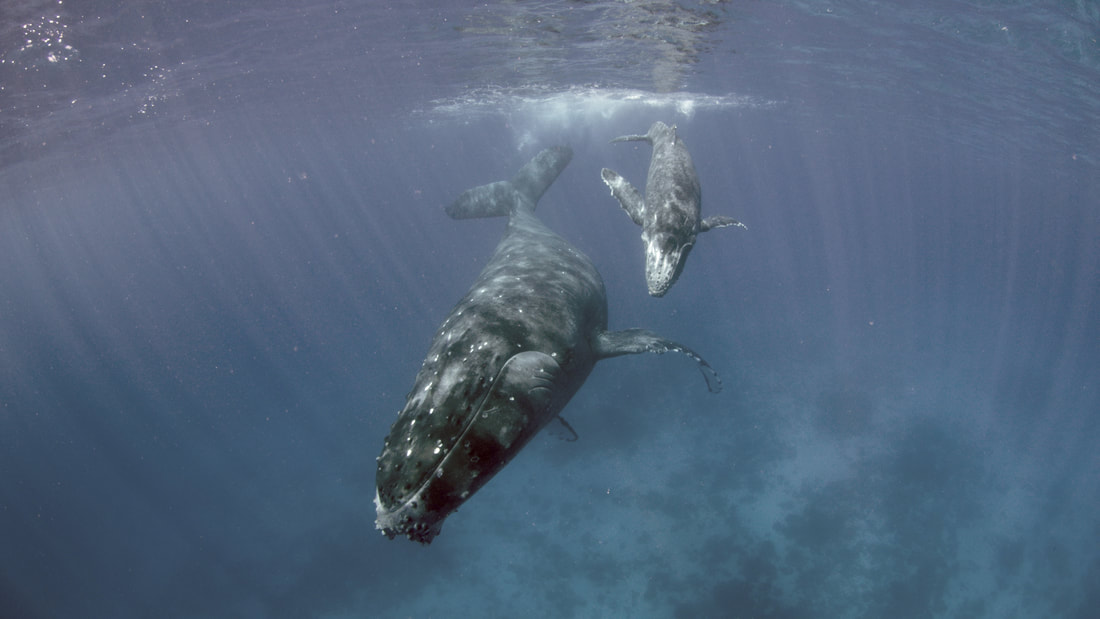
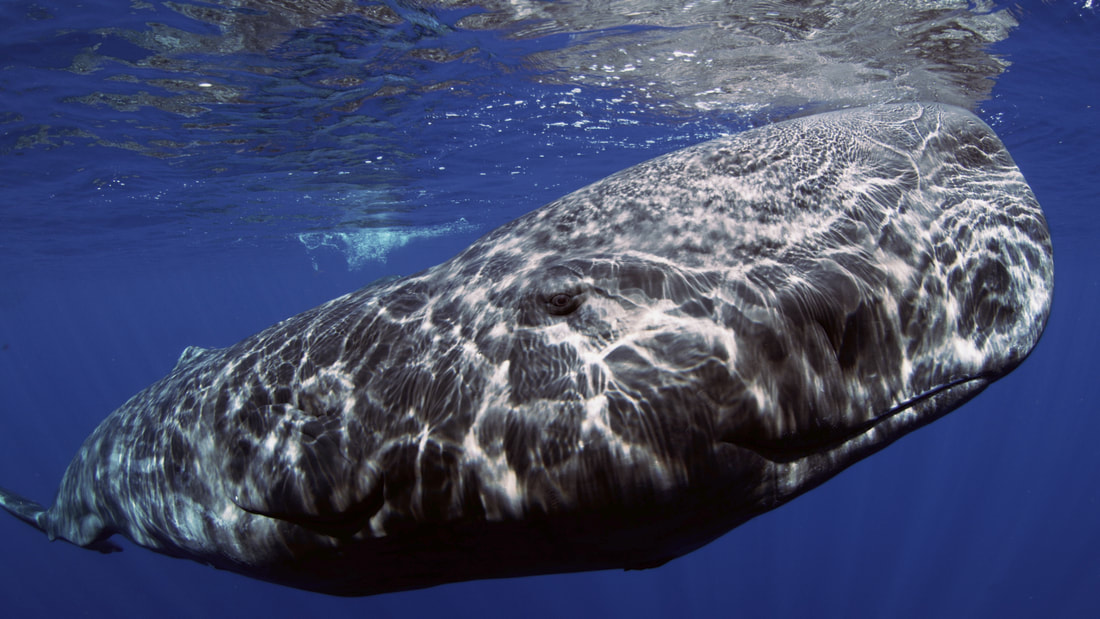
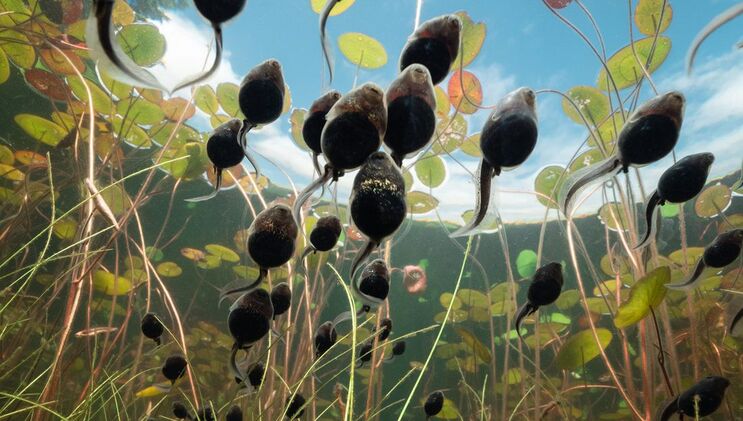
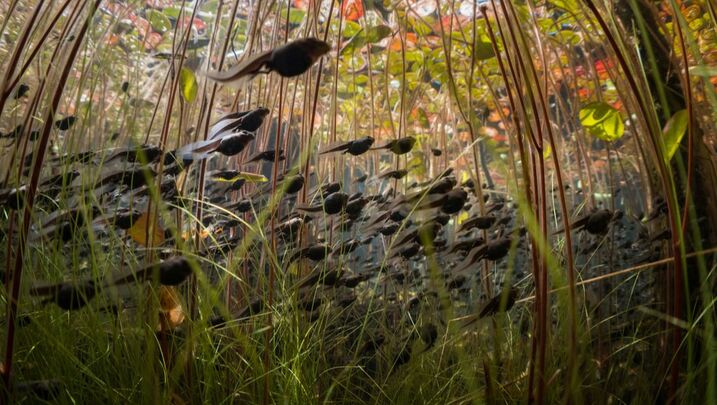
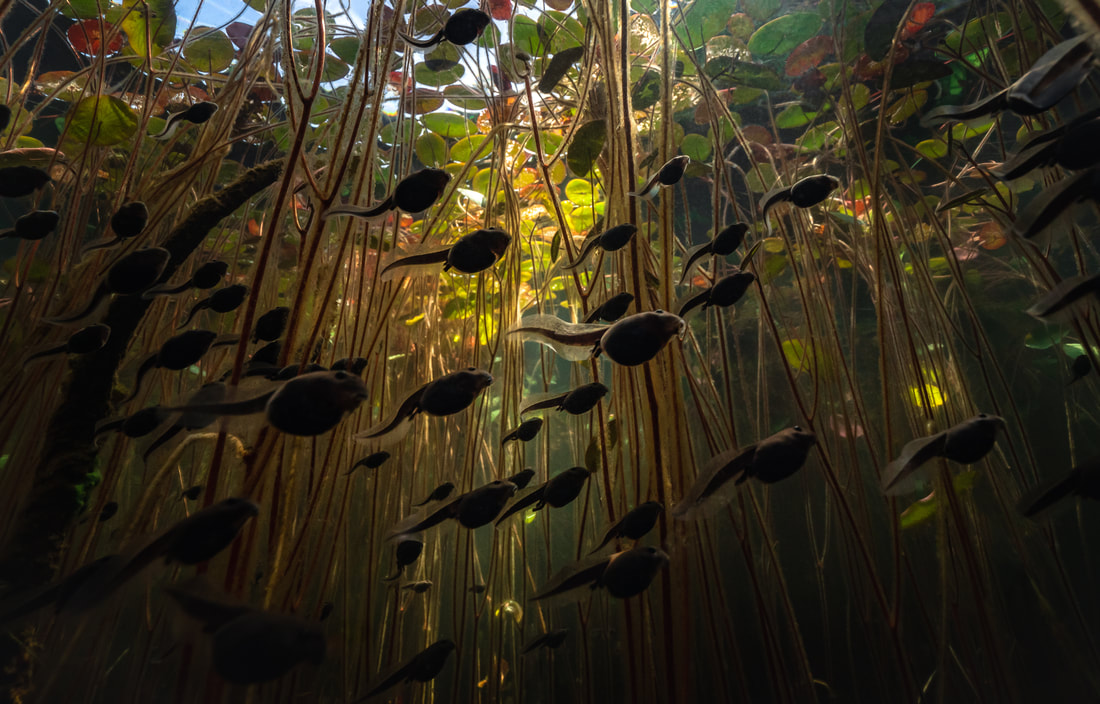
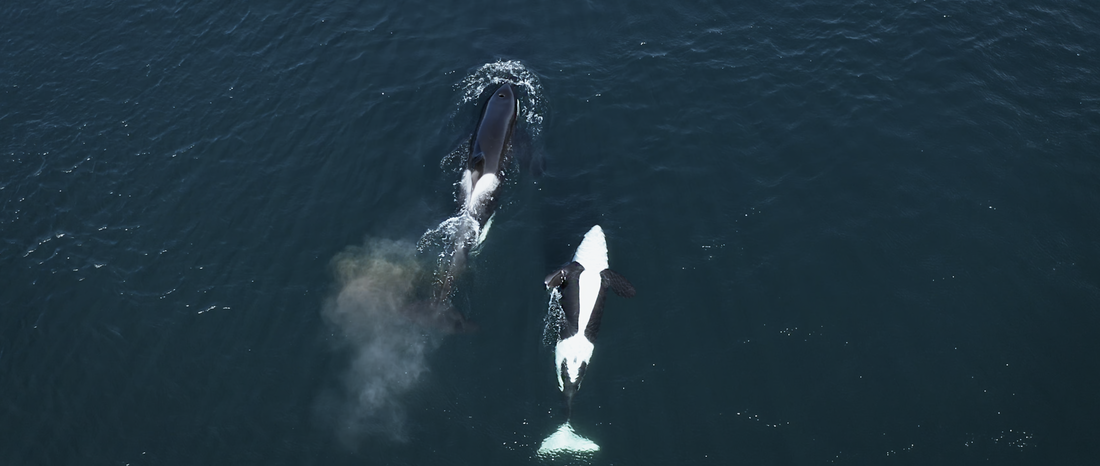
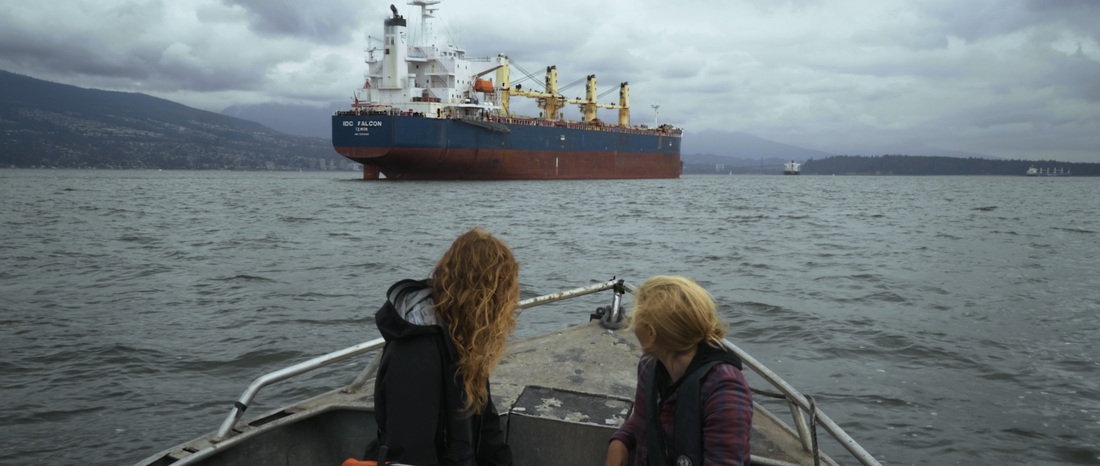
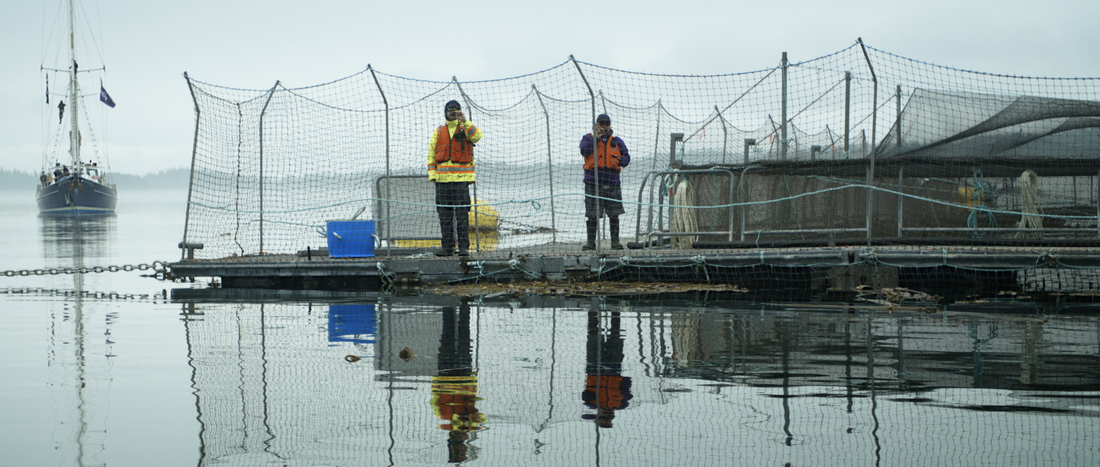
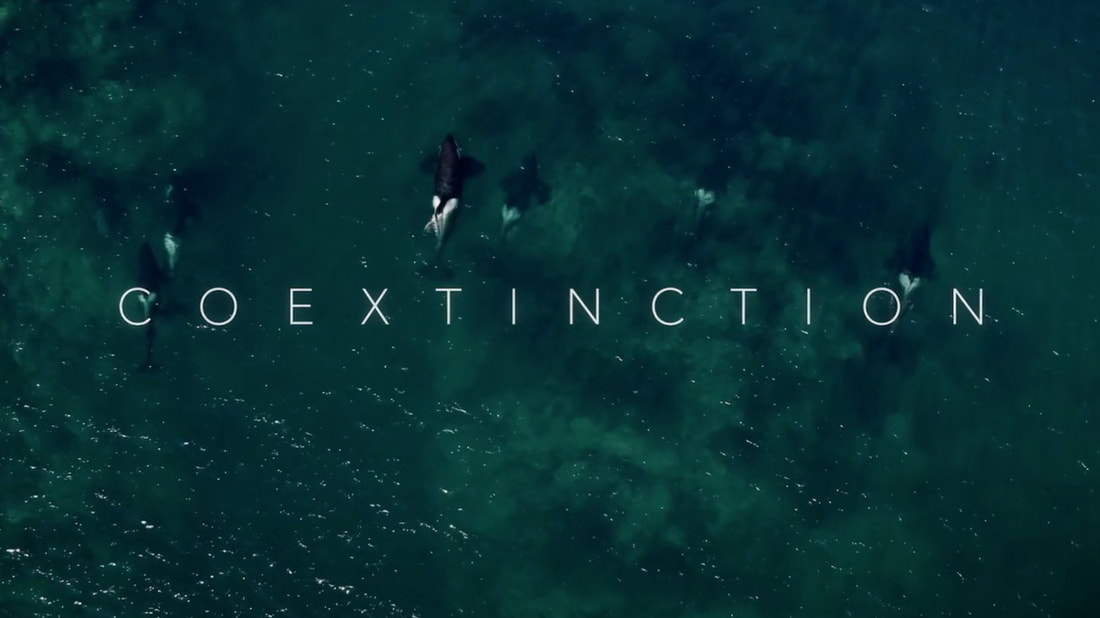
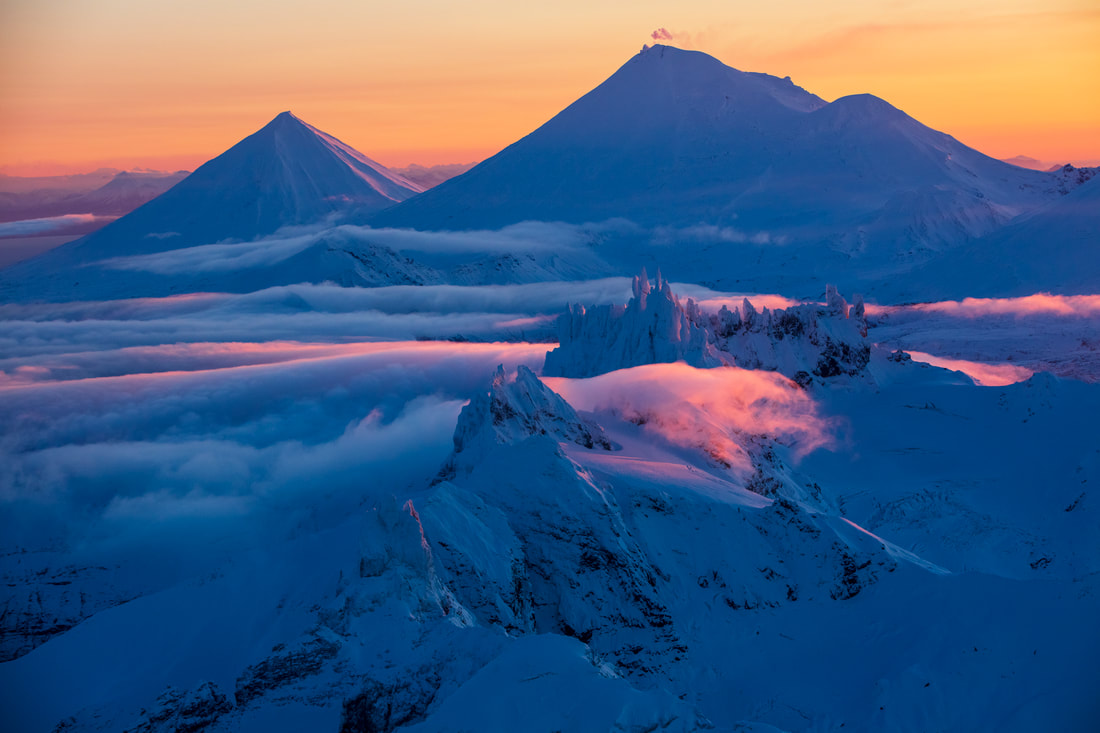
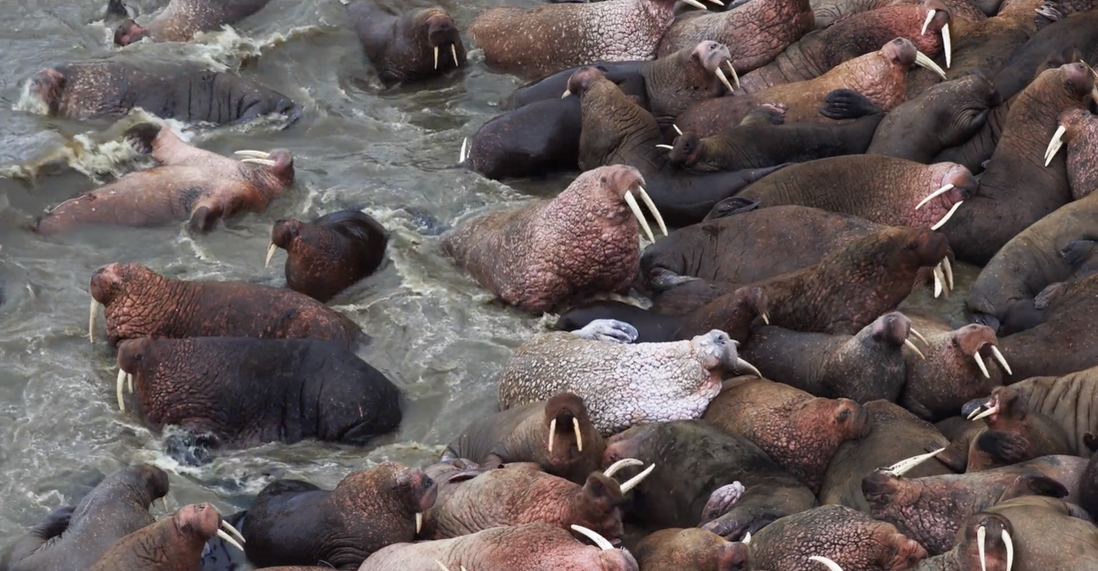
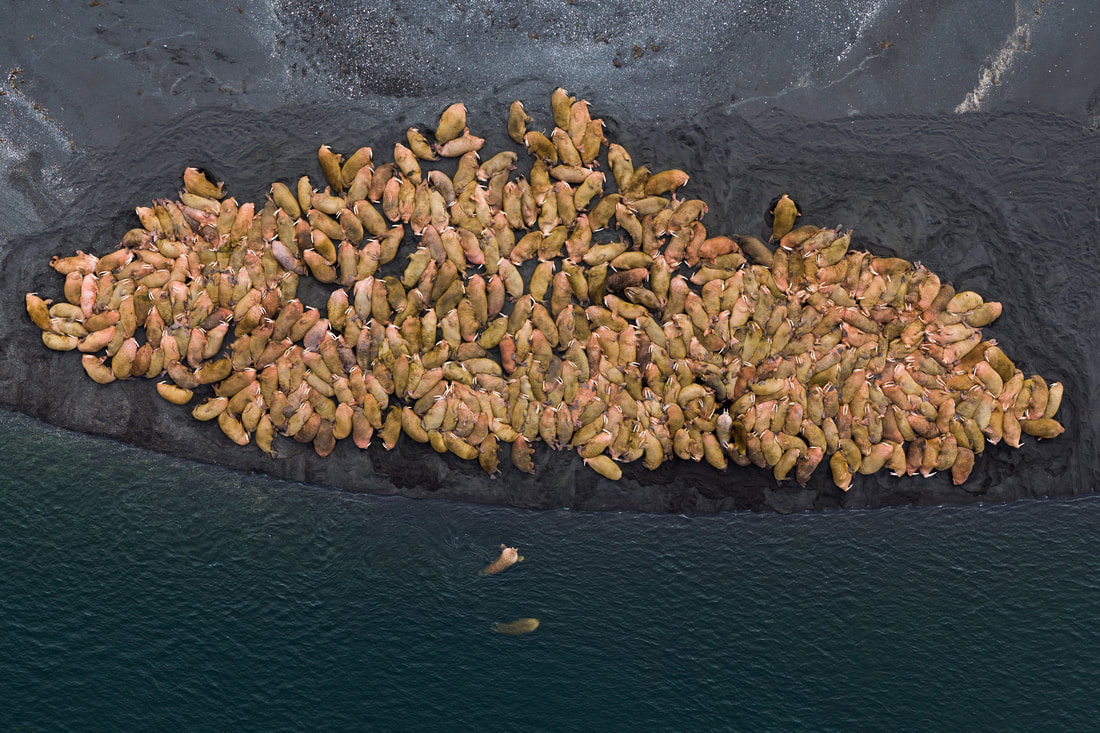
 RSS Feed
RSS Feed